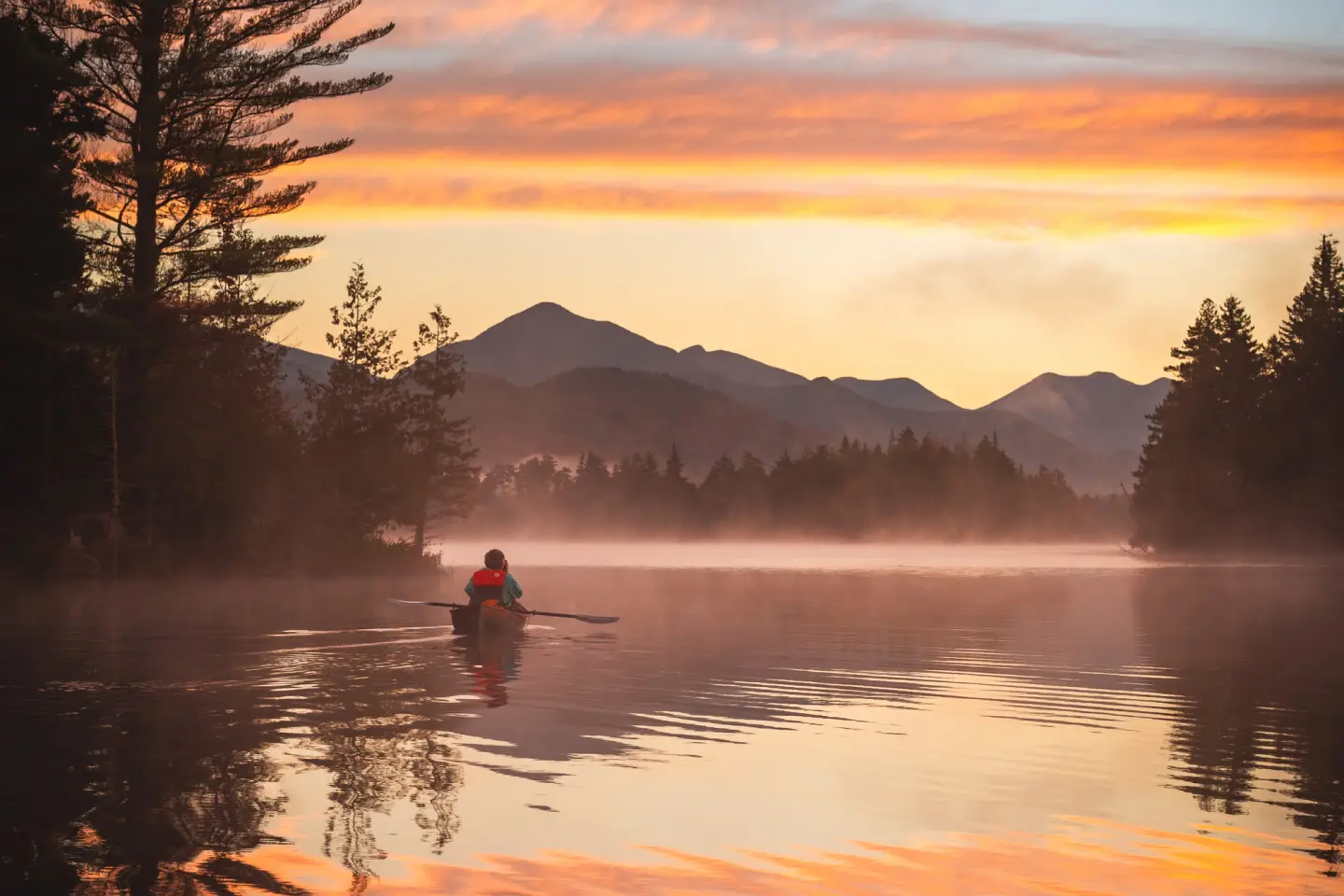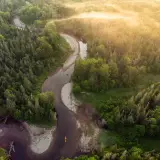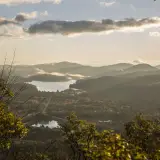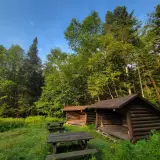Discover your next backcountry adventure
There’s wild—and then there’s Adirondack wild. Deep in the Adirondack Hub, beyond the familiar trailheads and paddle routes, lie the places that don’t make it into every traveler’s storybook. The ones you earn. These are the adventures that begin where the pavement ends and the cell signal fades, where trails turn to traces and lakes hide behind long portages and thick stands of spruce.
If you’re the kind of adventurer willing to put in the work, haul your gear down a forgotten portage trail, scramble up an unmaintained summit, and bushwhack a little to find that perfect view, you’re in for something unforgettable. The Adirondack Hub is home to remote places that feel worlds away, where the reward is solitude, raw beauty, and the kind of views that feel like a secret. These trips aren’t for beginners; they require preparation, experience, and a solid understanding of backcountry safety. But for those ready to rise to the challenge, the payoff is pure, wild magic.
Visit these places with care, respect, and a sense of adventure—and discover a side of the Adirondacks few ever get to see.
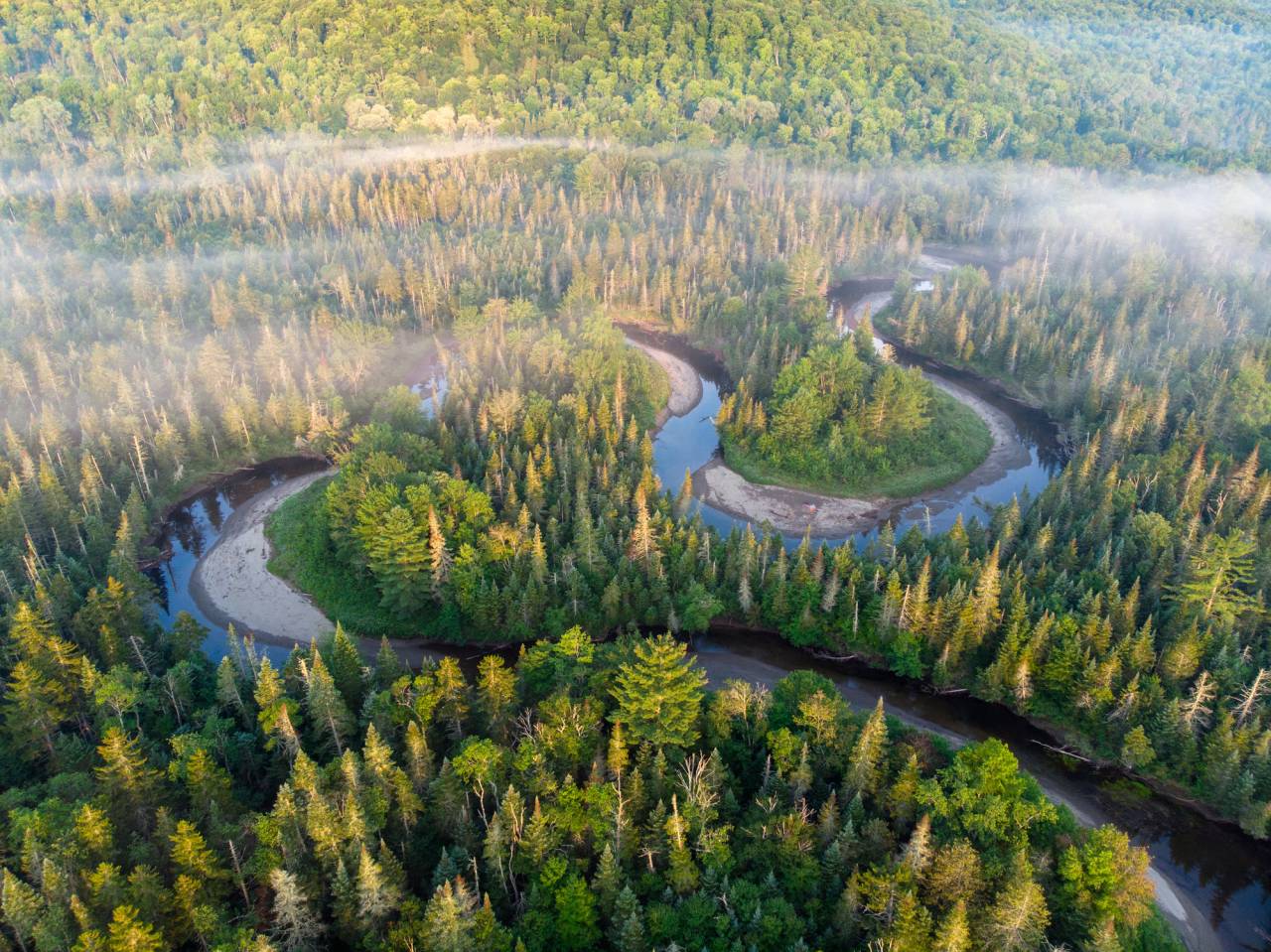
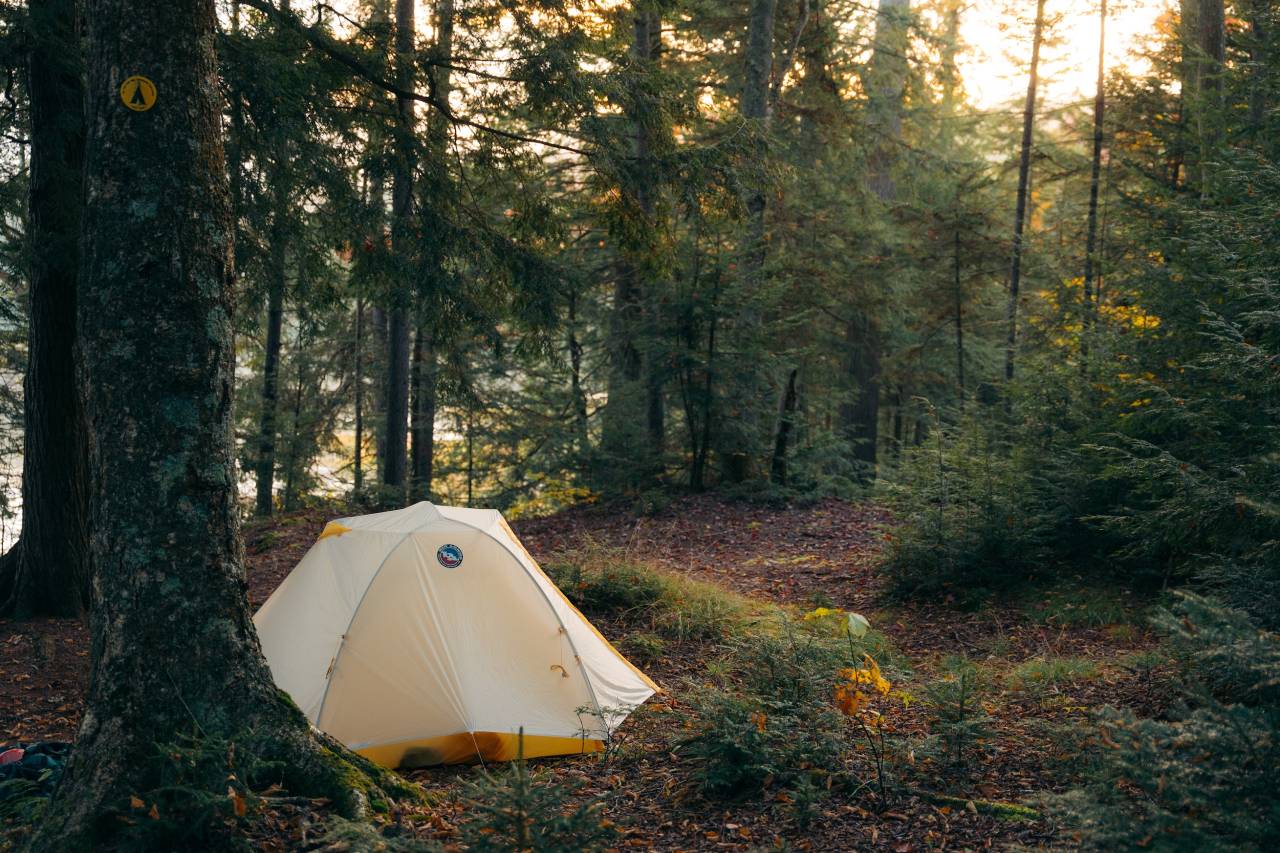
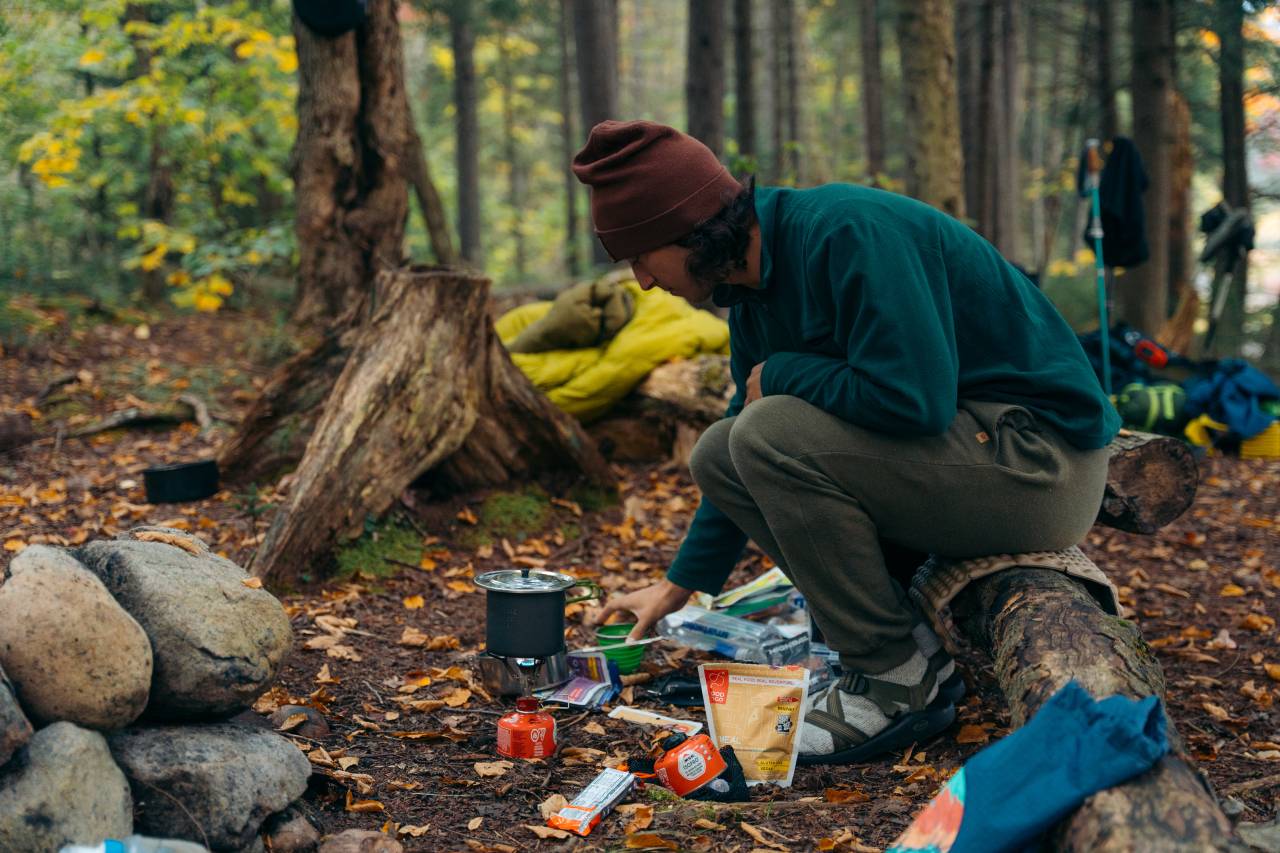
Boreas Ponds
Tucked deep within the High Peaks Wilderness Area of the Forest Preserve, Boreas Ponds is a backcountry paddler’s dream—quiet, expansive, and surrounded by soaring High Peaks. But to get there, you have to want it. The journey begins with a one-mile portage down a former logging road, hauling your boat and gear to the remote put-in. When you finally push off onto the still water and take in the sweeping views of mountains like Marcy, Haystack, and the striking slides of Gothics rising in the distance, it’s clear you’ve reached somewhere special.
Once part of the vast Finch Pruyn timberlands, Boreas Ponds was first purchased by the Adirondack Nature Conservancy before being acquired by New York State in 2016 and added to the Adirondack Forest Preserve. The paddling route and trails around the ponds have only recently been opened to the public, with a goal of balancing accessibility with conservation. A small parking lot is located closer to the put-in, reserved specifically for individuals with limited mobility, helping make this stunning landscape more accessible while preserving its remote character for others making the full portage.
This place represents a new chapter in Adirondack land use, one where carefully planned recreation coexists with wilderness preservation. It's a rare chance to experience a landscape that, until recently, was closed off to the outside world. Bring your canoe, your grit, and your sense of wonder—Boreas Ponds rewards them all.
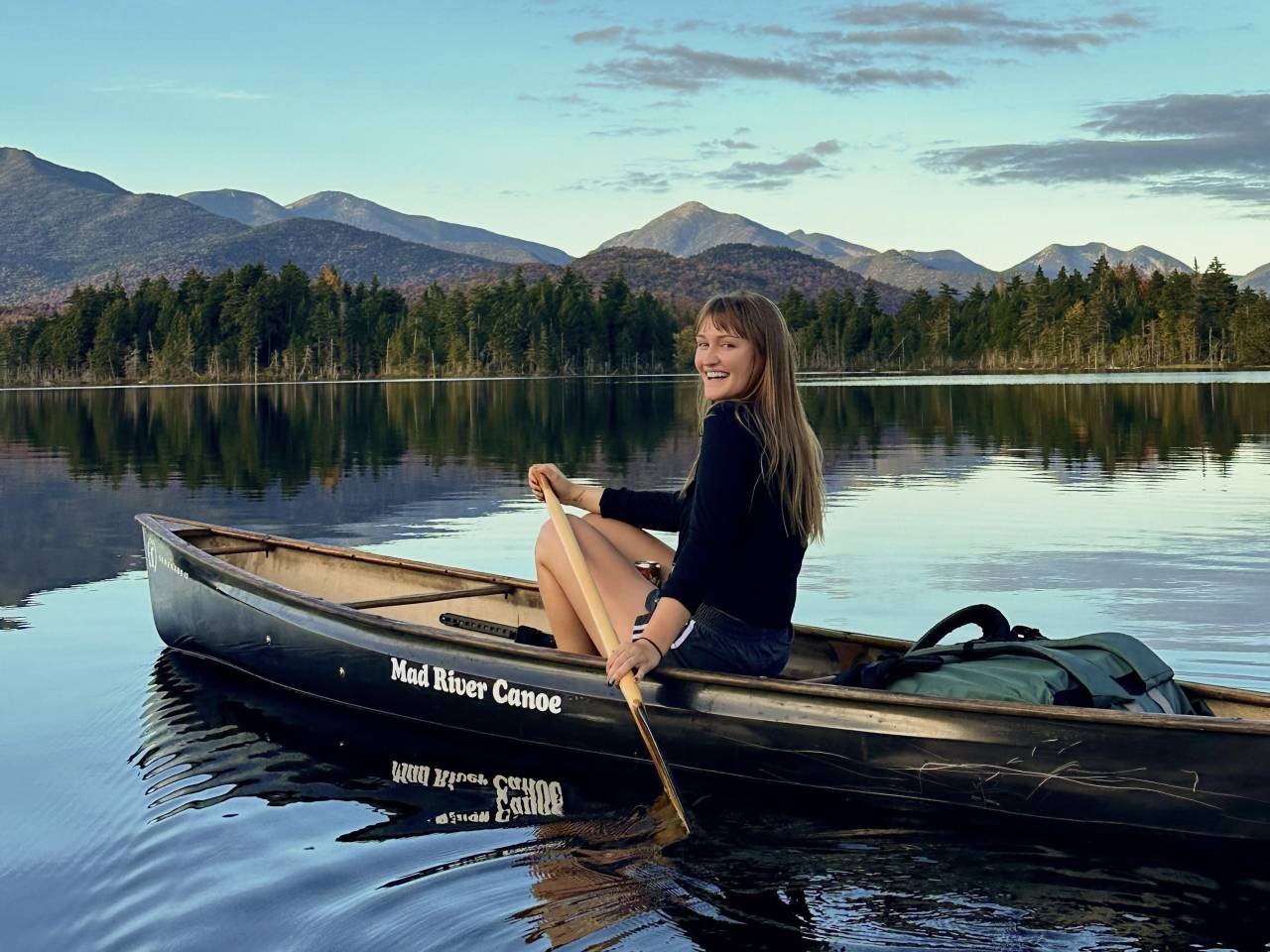
Dix Mountain Range
For hikers craving solitude, challenge, and serious bragging rights, the Dix Mountain Range, located within the High Peaks Wilderness Area, delivers one of the most rewarding wilderness adventures in the Adirondack Hub.
While the Dix Range sees its share of hikers, it tends to be less trafficked than other High Peaks in peak season, making it a great option for experienced adventurers looking to escape the well-trodden trails. This rugged loop includes five of the 46 High Peaks—Dix, Hough, Macomb, Grace (formerly East Dix), and Carson (formerly South Dix)—and rewards your effort with sweeping alpine views, dramatic slides, and a true sense of wilderness.
Depending on your route, completing the full Dix Range loop typically covers roughly 18 miles, with significant elevation gain and steep terrain. Many hikers opt for a long day hike, while others turn it into a multi-day trip with a scenic backcountry campsite. Either way, the Dix Range delivers a wild, exhilarating journey that stands apart from more popular routes, making it a must for anyone seeking the Adirondacks at their most raw and beautiful.
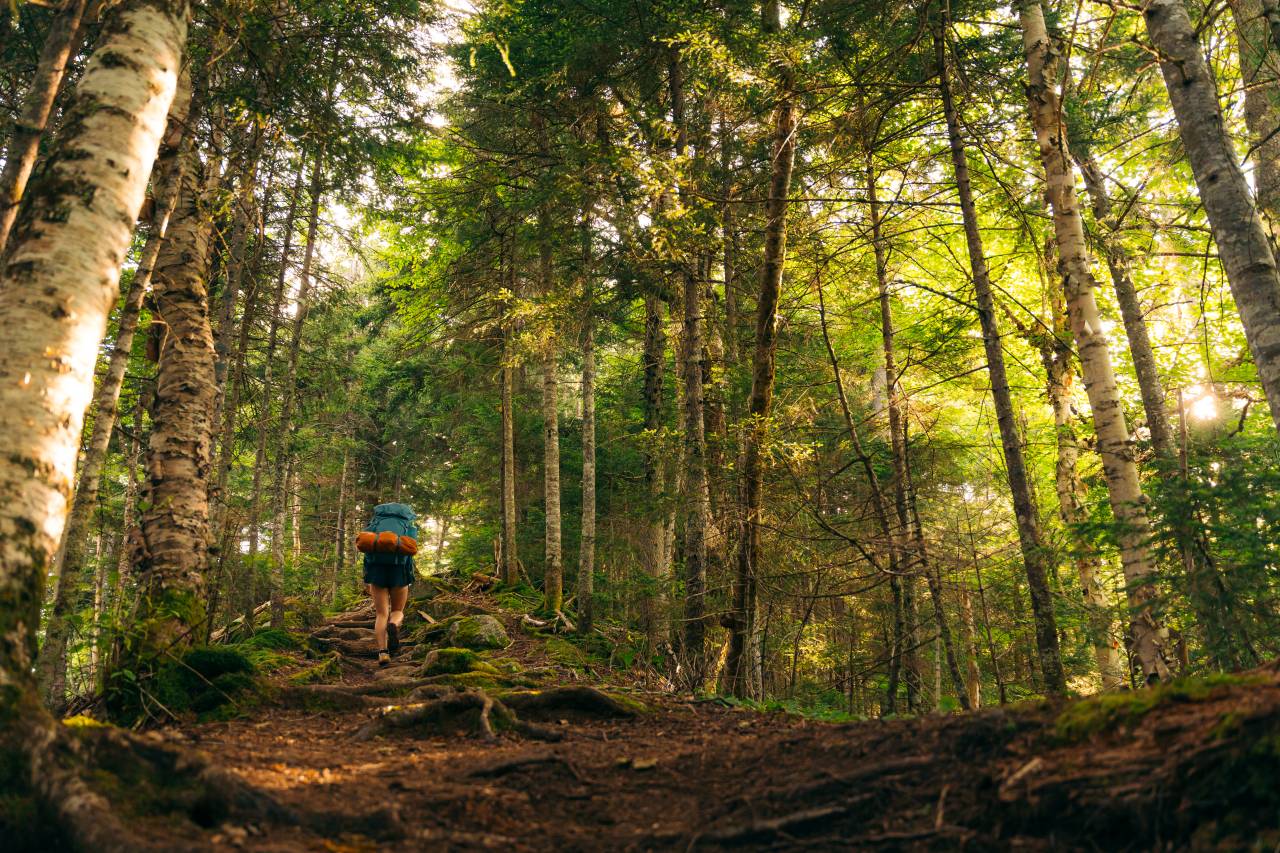
Opalescent River
Winding through some of the most remote terrain in the High Peaks Wilderness, the Opalescent River offers a stunning slice of backcountry beauty for adventurous paddlers and campers. Fed by the slopes of Mount Marcy, this wild river begins at Lake Tear of the Clouds, located on Marcy’s shoulder and recognized as the source of the Hudson River. From there, the Opalescent tumbles through dense forest, over rocky cascades, and past quiet pools, carving a rugged landscape that feels untouched by time before eventually joining the Hudson itself.
Accessing the river can require a rugged approach, typically by hiking in from Upper Works with your gear in tow, or you can opt to put in at the bridge over the Hudson River on Opalescent Road and paddle upstream on the Hudson until the Opalescent enters from the right. Depending on water levels, paddlers can explore calm stretches of the lower Opalescent near the Hudson River, or, for the more experienced, navigate upstream into wilder sections with quick water and beaver-dammed flows. The river’s character varies dramatically, with glassy pools, narrow twists, and occasional obstacles that demand flexibility, awareness, and a true love of exploration.
There are no crowds here, just rushing water, whispering pines, and the chance to spot moose tracks or a heron in flight. With primitive campsites along the banks and a route that demands portaging and navigation, the Opalescent rewards paddlers willing to earn their solitude with a truly unforgettable wilderness experience.
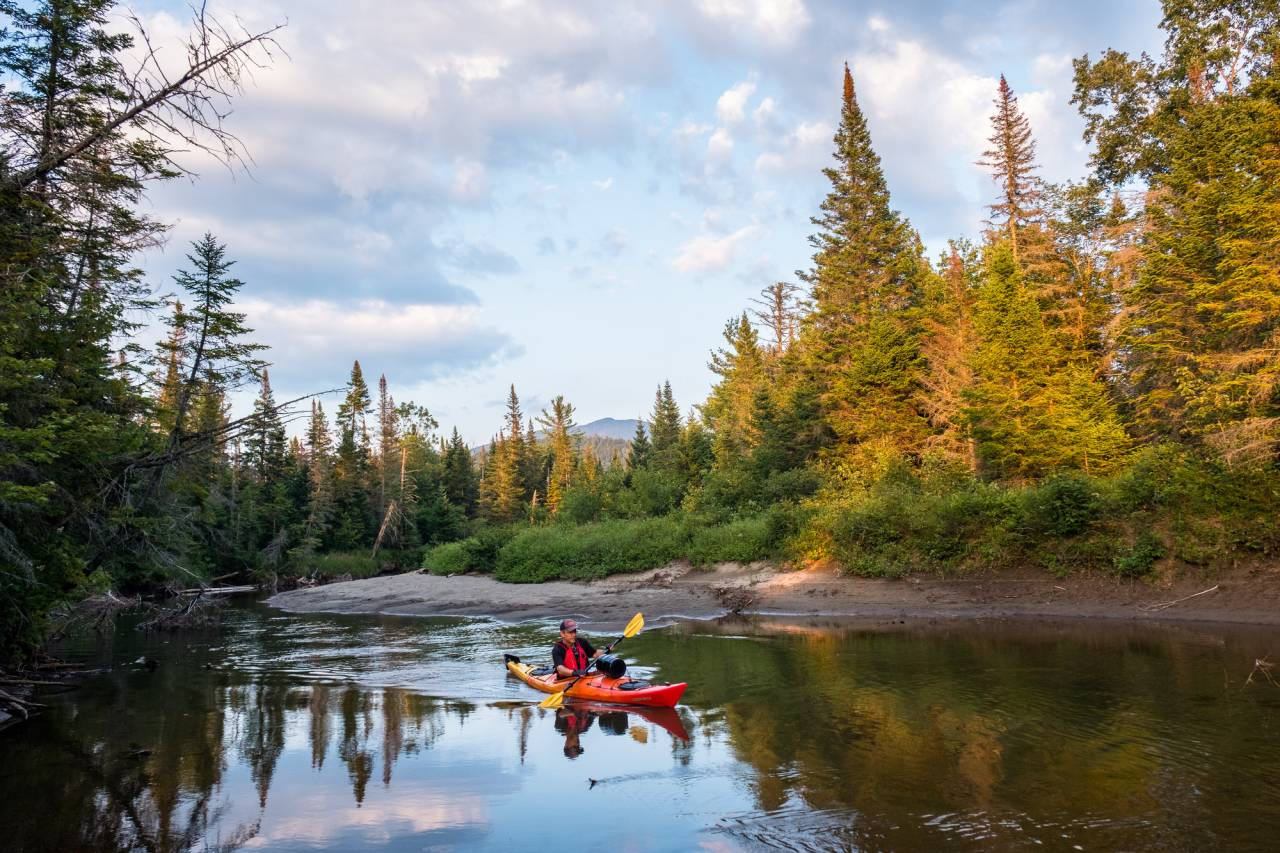
Allen Mountain
Allen Mountain is the ultimate remote hiking challenge in the Adirondack Hub, drawing in experienced hikers seeking solitude and a true backcountry adventure. Located deep within the High Peaks Wilderness Area, Allen is known for its long approach—an 18+ mile round-trip that winds through peaceful forest and tricky river crossings. The route culminates in a steep, slippery ascent up its notorious red slide. Coated in slick red algae, this slide is a defining feature of the hike and adds to Allen’s reputation as one of the most challenging High Peaks to summit.
This hike isn’t just physically demanding; it also requires serious logistical planning. With limited signage, few trail intersections, and a full-day commitment, hikers must come prepared with detailed maps, a solid route plan, and a clear understanding of the terrain.
The reward? Sweeping views, deep solitude, and the satisfaction of conquering one of the Adirondacks’ toughest peaks. For those drawn to the path less traveled, Allen is a true test of endurance and a powerful reminder of why preparation and respect for the wilderness are essential in the Adirondacks.
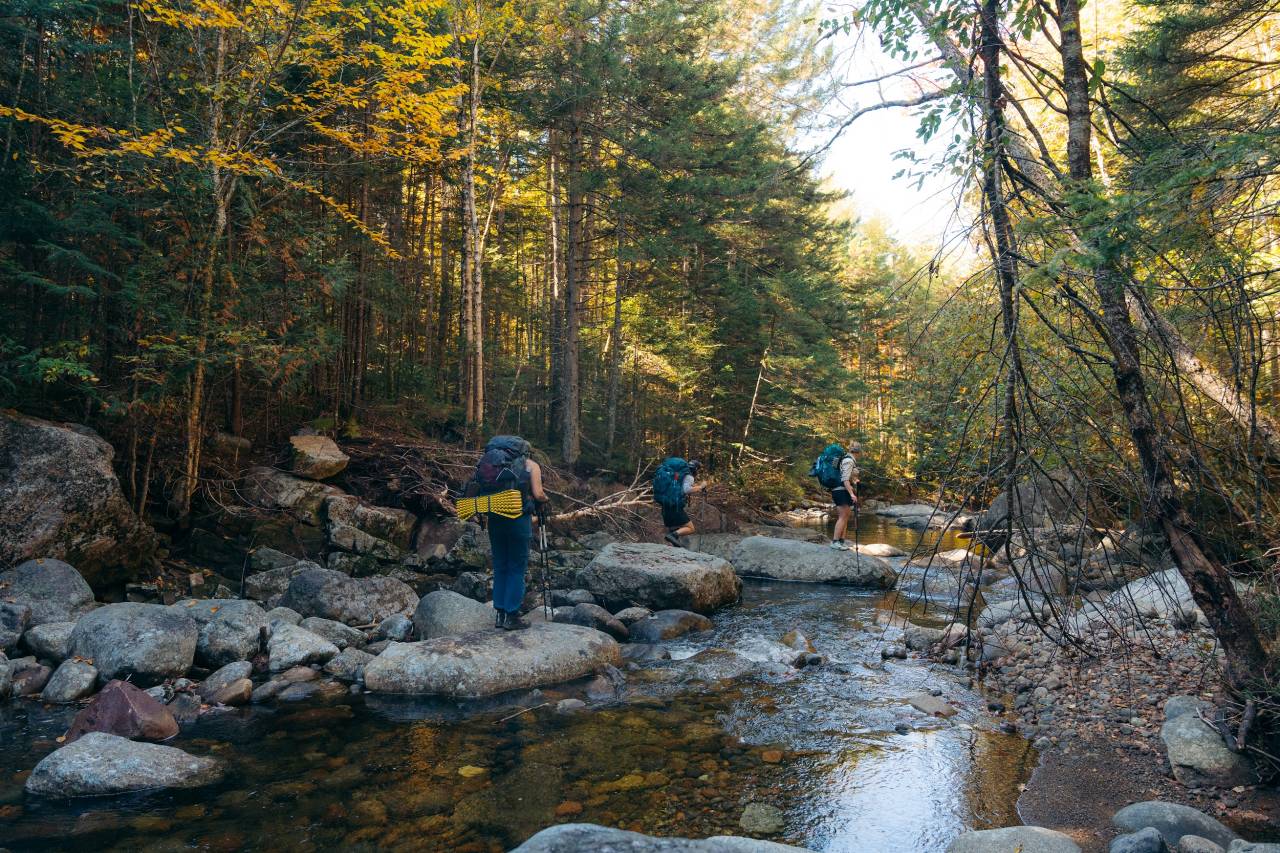
Essex Chain Lakes
Tucked away in the central Adirondack wilderness, the Essex Chain Lakes offer a rare chance to explore a network of pristine, interconnected lakes that were once private timberland, now open to the public as part of the Adirondack Forest Preserve. This remote complex encompasses the Essex Chain Lakes Primitive Area, the Pine Lake Primitive Area, and portions of the Blue Mountain Wild Forest, offering a diverse and protected landscape ideal for backcountry exploration.
Reaching the launch site requires a bumpy drive down a gated dirt road and a short carry to the water’s edge. This helps preserve the area’s quiet, remote character and ensures that only the most dedicated paddlers make the journey. Motorboats are prohibited here, adding to the serenity of the experience.
Once on the water, paddlers can glide from lake to lake, taking in the unspoiled beauty and enjoying the peaceful stillness that defines this secluded destination. Several designated primitive campsites dot the shoreline, making it easy to turn a day paddle into a backcountry overnight trip. For those seeking solitude, natural beauty, and the thrill of discovery, the Essex Chain delivers a truly wild adventure.

Pharaoh Mountain (southern approach)
Pharaoh Mountain stands as the tallest peak in the Pharaoh Lake Wilderness, and hiking it from the southern trailhead offers a deeper, more immersive experience of this vast, untamed landscape. While most hikers approach from the north via Crane Pond, taking the southern route from the Mill Brook Trailhead adds mileage—and a real sense of how wild and expansive this area truly is.
From the trailhead at the end of Pharaoh Lake Road, a steady climb through quiet forest and rugged terrain leads you to the summit. The trail is safe but demanding, and the payoff is worth every step—first, a rock slab with views of Pharaoh Lake, then the main summit with sweeping vistas of the distant High Peaks and low-lying hills. Chances are, you’ll have it all to yourself.
For those who crave a quieter route and a real connection to wilderness, Pharaoh Mountain’s southern approach delivers, proving that sometimes, the long way in is the most rewarding.
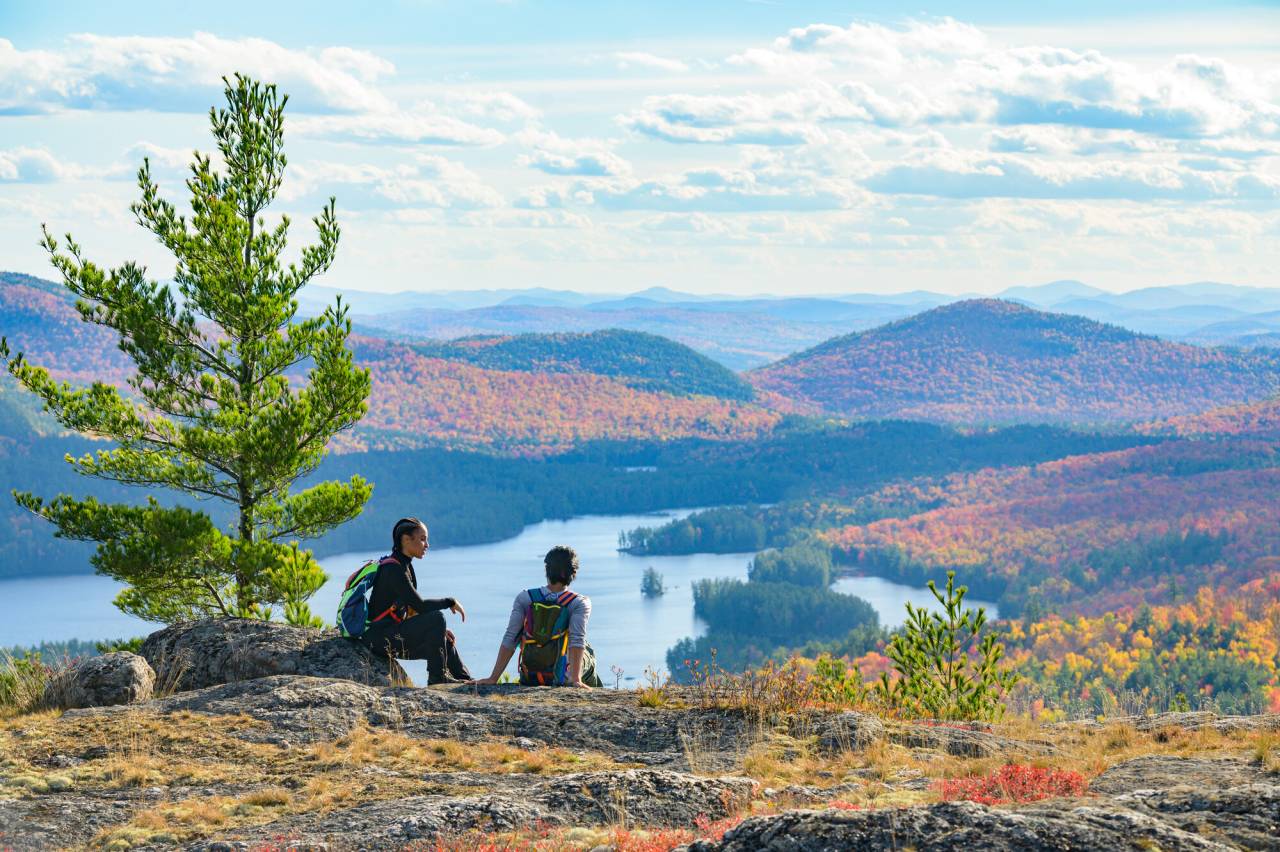
Henderson Lake
Tucked away in the southern High Peaks Wilderness near Newcomb, Henderson Lake is a serene, scenic destination that feels worlds away from the bustle of more heavily traveled spots. Just a short 0.4-mile walk from the Upper Works parking area leads you to a peaceful put-in on the lake’s eastern shore. From there, paddlers are rewarded with panoramic views of Henderson Mountain, the MacIntyre Range, Mount Colden, and the towering cliffs of Wallface Mountain.
With no motorized boats and few visitors, Henderson offers rare solitude and a front-row seat to some of the Adirondacks’ most iconic peaks. Rich in both natural beauty and history, the lake sits near the site of the historic MacNaughton Cottage and the remnants of early iron mining operations. This hidden gem invites quiet reflection, wildlife watching, and immersive backcountry exploration.

Moose Mountain Pond and Bass Lake
For a peaceful backcountry hike with classic Adirondack scenery, the loop to Moose Mountain Pond and Bass Lake delivers solitude, variety, and just the right amount of challenge. Located in the Hammond Pond Wild Forest, this 8.4-mile out-and-back (with options to customize the route) winds through quiet woods, over wooden bridges, and past babbling brooks. Starting from Ensign Pond Road, hikers follow a gentle climb past Berrymill Brook before reaching a junction—left leads to Moose Mountain Pond, while right takes you to Bass Lake, a worthwhile detour with rocky ledges, cliff views, and the potential for a heron sighting along the shoreline.
Moose Mountain Pond itself is a gem tucked beneath towering peaks like Bald and Owl Pate, with Moose Mountain rising in the background. A lean-to near the southern shore makes this a great option for an overnight trip. Though not far from the road as the crow flies, the trail’s winding path and quiet forest make it feel much farther removed from the everyday. Whether you’re out for a day hike or looking to spend the night, this loop offers a rewarding experience that blends ease of access with the soul of real wilderness.

Play it smart, stay safe
Remote adventures require preparation, respect, and responsibility. Always practice Leave No Trace (LNT) principles to help protect these fragile environments for future explorers. Be sure to research your route thoroughly, carry the 10 essentials, and always let someone know your plans before heading out. If you’re new to backcountry hiking or paddling, consider hiring a licensed guide—a great way to gain confidence while staying safe.
Before your trip, check the New York State Department of Environmental Conservation's backcountry info page and explore individual wilderness area regulations and trail conditions. Some locations may require permits or have seasonal restrictions, so a little planning goes a long way in ensuring your adventure is not only amazing but also safe and sustainable.

Ready to go remote?
The Adirondack Hub is full of wild, off-the-beaten-path places where the rewards are as big as the effort it takes to get there. Whether you're paddling across a quiet lake, hiking deep into the forest, or standing on a summit with nothing but wind and sky around you, these remote adventures offer a rare kind of connection to nature, to solitude, and to yourself. So if you’re dreaming of your next great backcountry escape, consider this your invitation. Start planning now and let the Adirondack Hub be the launchpad for your next unforgettable journey into the wild.
